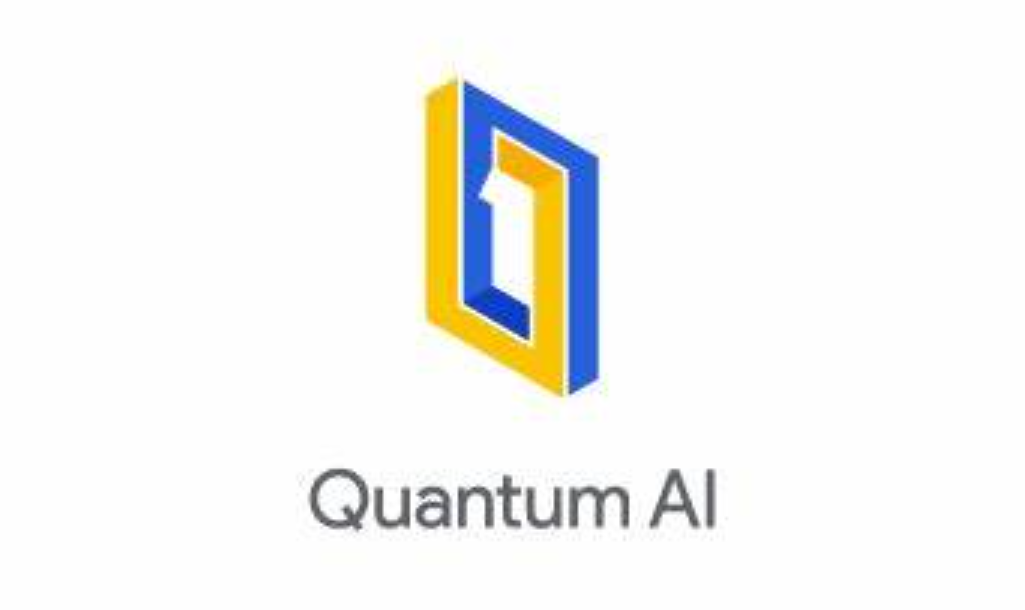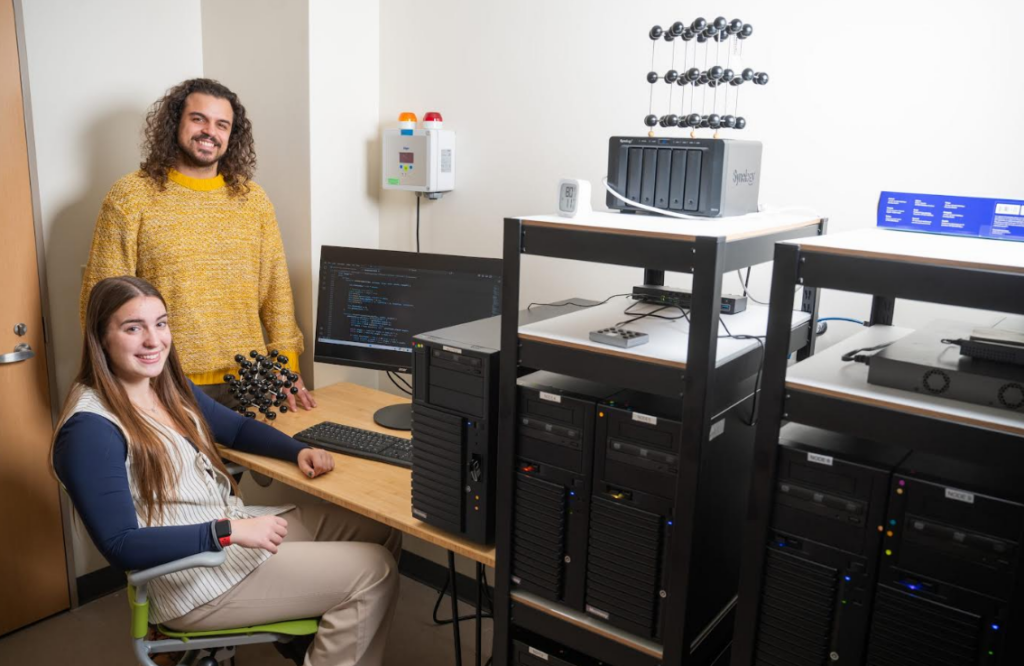Insider Brief
- Google’s Quantum AI lab achieved a significant milestone in 2019, performing a calculation in 200 seconds that would take a supercomputer 10,000 years.
- At the heart of their work is a quantum processor, which operates in extremely cold environments to enable the functioning of qubits, the building blocks of quantum computing, which was the feature of a short film.
- Quantum computing at Google has the potential to revolutionize fields like chemistry, machine learning, and medicine, pushing the boundaries of technology and scientific understanding.
In the picturesque hills of Santa Barbara, something extraordinary is happening inside Google’s Quantum AI lab. The team of dedicated scientists and engineers are building a quantum computer capable of solving problems that were previously thought to be insurmountable.
Julian Kelly, a leader in Quantum Hardware, described the essence of their work in a recent short film: “Normally when you hear about quantum in pop culture, you might think it’s fantastical or abstract. But here, we actually get the ability to play with quantum mechanics. We can understand its properties. We can use it as a tool to solve problems.” This hands-on approach to quantum physics is propelling their mission, demonstrated by a groundbreaking milestone in 2019 when they used a quantum computer to perform a calculation in 200 seconds that would take the world’s fastest supercomputer 10,000 years.
At the heart of the lab’s innovation lies an incredibly small but powerful component — the quantum processor.

“When people think of a quantum computer, they often imagine a big fridge with a beautiful chandelier,” Kelly noted. “But what’s actually doing all the processing is this little tiny chip all the way at the bottom.”
The complexity of quantum mechanics demands some of the coldest places in the universe.
“I actually make some of the coldest spots in the universe,” Hardware Engineer Ashley Huff said. These unimaginably low temperatures are critical for the superconductivity needed to make qubits — the building blocks of quantum computing — function correctly.
The potential of quantum computing extends beyond theoretical physics. The work at Google’s Quantum AI lab promises to revolutionize industries such as chemistry, machine learning, and medicine. The team continues to break boundaries, pioneering a new era of technology that could transform our understanding of the universe.
In this lab, innovation isn’t just a goal — it’s a reality, shaping the future, one qubit at a time.

















